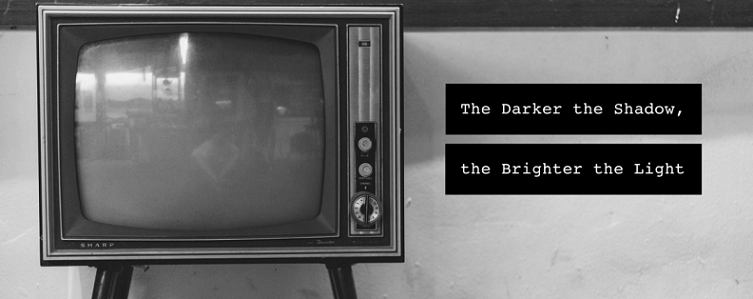
The ability to access information and entertainment instantaneously has led to the rapid developments of conditioned behaviours – people’s consumption of media and ability to connect and share information. People swiftly moved past the traditional value exchange of ads for television programming and entered a world where everything is accessible.
Social media offered a place beyond publishers to connect and to share and gave the power back to the people. For adland, it was an opportunity to flex its creative muscles under a set of new rules; but old habits die hard. What could’ve been a playground of possibilities, creativity and expression soon became another distribution channel to put ads. And these ads were, and still are, rolled out all day, all week and all year to fill never ending content calendars for the ‘always on’ generation of marketeers.
As Mark Manson puts it, we’re living in an age of outrage and as such there’s naturally been a resistance. Adblockers are being downloaded en masse but rather than asking the question of why people would want to block ads, the industry has tried to shut down the adblockers. People are actively avoiding advertising yet adland isn’t listening.
If the world doesn’t want ads, let’s stop making ads.
As Nils Leonard said, “If you’re trying to communicate a purpose or promise to the world, often an ad is the last thing you want to do”. As a channel littered with ads, we need to take a step back from social, a medium that has been either siloed from the rest of a brand’s communications or considered as an afterthought, and look at the bigger picture – the darker the shadow the brighter the light. What can we do that makes an impact and how does it play out across social?
Let’s create entertainment, cultural platforms, stunts, apps, shows, products or experiences that people love. Let’s make stuff that matters. There’s precedent too…
LEGO were one of the few trailblazers; building theme parks and cultivating product partnerships with topical brands, films or sports stars. LEGO then entered the branded content game in style by making a movie – and a sequel, and a spin off – that were all critical and commercial successes.
The BBC used Yik Yak to get teenagers talking about mental health. Everlane used Black Friday to improve staff working conditions in their factories. And Volvo created life saving paint.


